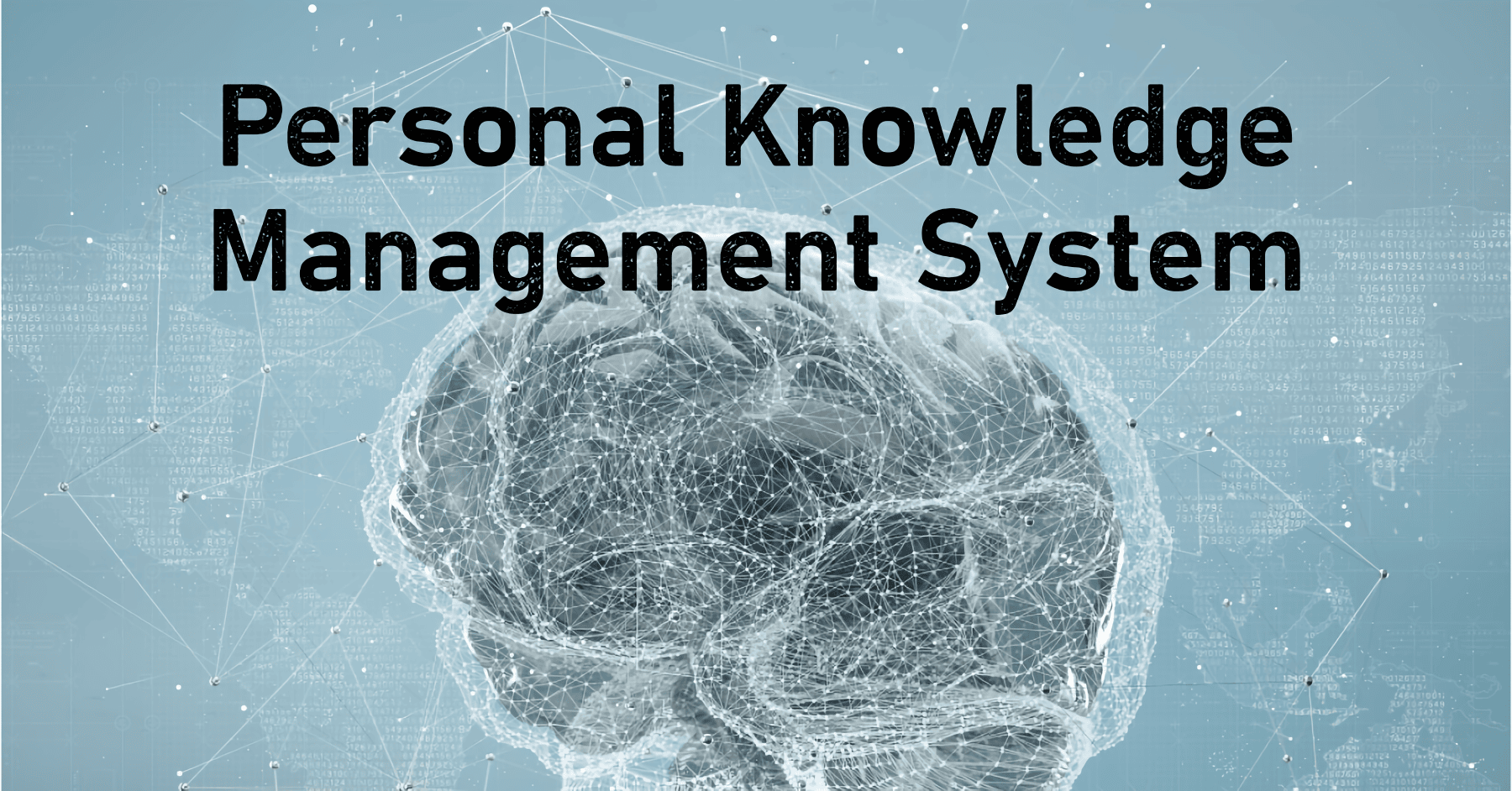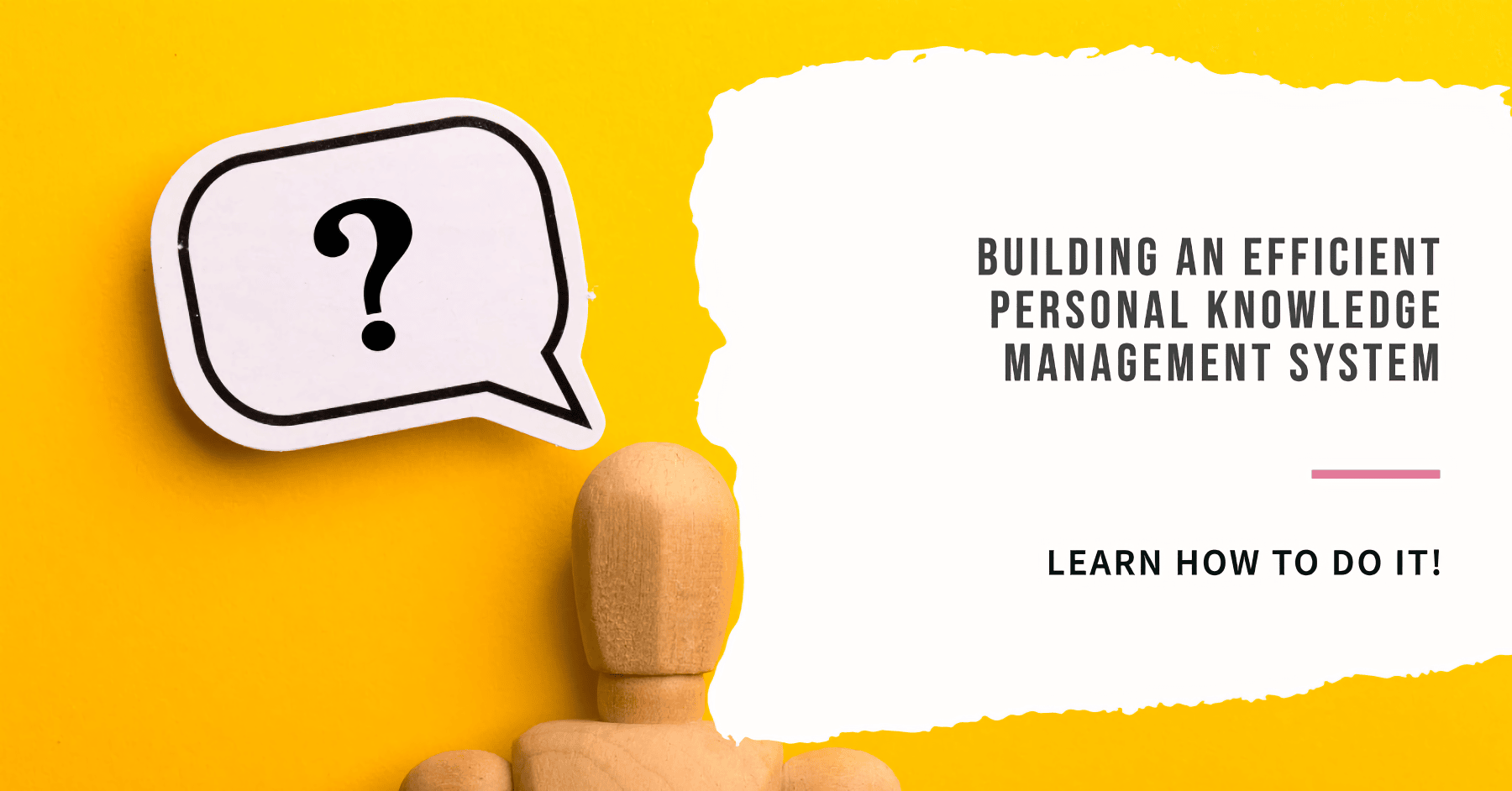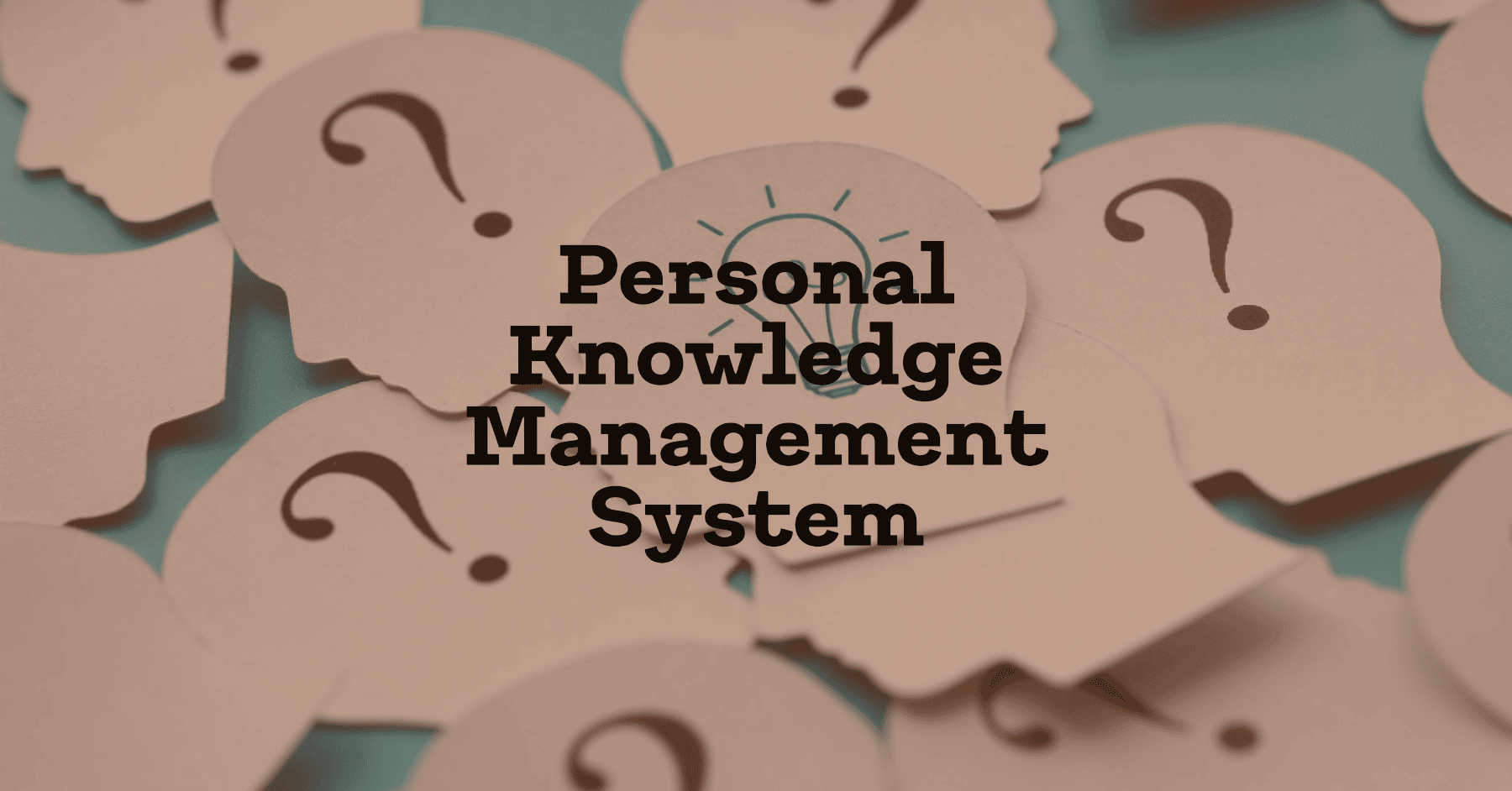The modern age has brought with it a plethora of information. With the ubiquity of technology and the internet, it's now easier than ever to access information on any topic at any time. However, this abundance of information can be overwhelming, resulting in disorganized thoughts or scattered notes that are difficult to manage. In this guide, we'll explore how to build an efficient personal knowledge management system (PKMS) that can streamline your learning process and help you make the most of your knowledge.
The Need for a Personal Knowledge Management System
A personal knowledge management system is essentially a set of tools or a structure for collecting, organizing and using your ever-growing repository of ideas and learning. For example, when working with large data sets or looking for inspiration in unexpected places, such as the design elements of Sun Of Egypt 2, you may find interesting analogies and ideas to help structure your own knowledge. By systematically managing your knowledge, you can not only improve your performance at work, but also improve your personal growth and development.
Here are some benefits of adopting a PKMS:
Improved organization and storage of information
Easier access to relevant data when needed
Enhanced learning through better understanding and retention
Greater efficiency by reducing time spent searching for specific details
Streamlined decision-making processes
Now that we've established the importance of a PKMS let's dive into constructing one tailored for your needs.
What is Personal Knowledge Management?
Personal knowledge management is the art of capturing, organizing, sharing, and applying one's own accumulated knowledge. It involves transforming raw data into valuable insights that can be used to shape decisions and solve problems.

Who Needs Personal Knowledge Management?
Anyone seeking to enhance their learning or work efficiency will benefit from implementing a PKMS. Whether you're a student, entrepreneur, researcher or creative professional - a structured approach to managing your personal knowledge can contribute positively to your work quality and overall productivity.
What's the Purpose of Managing Our Knowledge?
The primary objective of managing our knowledge is to ensure that we continually learn from past experiences while also staying updated with new developments in our fields of interest. This accumulation of insights fuels creativity and innovation by enabling us to make connections between seemingly unrelated concepts.
What Are the Benefits of Personal Knowledge Management?
Improved organization skills
Streamlined decision-making
Enhanced creativity and innovation
Faster problem-solving abilities
Greater work efficiency and productivity
Types of Personal Knowledge Management Systems
There are numerous approaches to developing a PKMS; the most effective one for you will depend on your unique goals, preferences, and lifestyle. Some popular types of PKMS include:
Physical systems (e.g., binders, journals, filing cabinets)
Digital systems (e.g., notetaking apps, cloud storage)
Hybrid approaches (combining physical and digital elements)
Working Flow: Crafting an Efficient PKMS
There are five key components of an effective PKMS workflow:
Basic Flow: Define the stages your knowledge passes through within your system.
Storage: Choose a suitable format and platform for housing your information.
Collect: Establish consistent habits to capture knowledge from various sources.
Organization: Create a logical structure that helps you locate specific information easily.
Output: Determine how best to share or apply your acquired knowledge.
Before diving into the workflow components of a PKMS, it's essential to have well-structured data that is easy to work with. Learn more about preparing data for AI from this insightful post on Preparing Data for AI.
Best PKM Software, Tools, and Apps
Explore these categories of tools to find the perfect fit for your PKMS:
Note-taking apps (e.g., Evernote, OneNote, Notion)
Task management tools (e.g., Todoist, Trello)
Bookmarking services (e.g., Pocket, Instapaper)
Calendars (e.g., Google Calendar, Apple Calendar)
Language AI tools (e.g., Ingest AI)
By trying different applications and software options, you can find a combination that works seamlessly together and supports all aspects of your PKMS.
Additionally, you may want to explore AI chatbots (How to Make an AI Chatbot) and tools like ChatGPT (How to Use ChatGPT) that can assist you in conducting research or summarizing information. It's essential to be aware of your chosen tool's limitations (Overcoming ChatGPT's Limitations) for the best results.

Step 1: Gather Your Knowledge Inputs
The first step in developing an effective PKMS is identifying all the sources from which you acquire knowledge regularly. These sources may include:
Websites and blogs
Books and ebooks
Podcasts or video content
Online courses or workshops
Social media platforms
By creating a comprehensive list of knowledge inputs, you will ensure no vital pieces of information slip through the cracks when building your PKMS.
"Knowledge is power but only wisdom is freedom." - Will Durant
Step 2: Choose the Right Tools
Selecting the appropriate tools for your PKMS is crucial to its overall efficiency. With countless applications and software available, make sure to pick those that suit your personal preferences and work in harmony with each other. Consider these categories of tools:
Note-taking Apps: Evernote, OneNote, Notion, Bear, or Obsidian
Task & Project Management: Trello, Todoist, Asana, or ClickUp
Bookmarking Services: Pocket, Instapaper or Raindrop.io
Scheduling Tools: Google Calendar, Apple Calendar or Microsoft Outlook
Spaced Repetition Platforms (for long-term retention): Anki or RemNote
Experiment with different tools until you find a combination that feels natural and supports all aspects of your PKMS.
Step 3: Develop an Organization System
Having a clear organizational structure is vital to creating an effective PKMS that can be accessed quickly when needed. Consider the following aspects when determining your system's organization:
Tags: These allow you to quickly filter information by topic or category.
Folders / Notebooks: Group notes or resources by subject matter.
Hierarchies: Create nested folders/notebooks/tags to further refine categorization.
Cross-linking: Connect related notes using internal links for easy navigation between resources.
The key is finding an organization system that works for you and remains consistent across all your PKMS tools.
Step 4: Implement a Consistent Capture Process
An essential element of any successful PKMS is consistency in the capture process. By implementing regular habits during information intake, you can ensure that nothing goes unnoticed and everything is recorded accurately. Adopt habits such as:
Summarizing key takeaways from content you consume.
Processing saved bookmarks and transferring relevant information to your notes.
Using highlights, annotations or digital post-its when reading ebooks or PDFs.
Leveraging templates in note-taking apps for structured knowledge capture.
The more consistent your capture process is, the better you'll be at utilizing your PKMS when required.
Step 5: Utilize Spaced Repetition for Knowledge Retention
Our brains have a natural tendency to forget information unless we actively work on retaining it. Enter spaced repetition - a method through which revisiting information at increasing intervals helps us commit knowledge to long-term memory.
Incorporate spaced repetition into your PKMS by:
Creating flashcards from key insights in notes (using tools like Anki or RemNote).
Scheduling reviews after a day, week, month, and then continually extending the intervals.
Revisiting and revising complex content regularly to deepen understanding.
"The more we recall a piece of information, the more significant it becomes in our memory." - Hermann Ebbinghaus
Develop a Knowledge Management System that Enhances Lifelong Learning
Given the wealth of information available today, mastering personal knowledge management can set you apart in both personal growth and professional success. Continually review and evaluate your PKMS in order to refine it based on evolving needs or goals - adaptability is crucial in the ever-changing landscape of information.
Finally, consider augmenting your personal knowledge management with language AI like IngestAI to improve comprehension, retention and communication skills during the learning process.
With the perfect personalized knowledge management system at hand, you'll have the necessary tools for navigating the complexities of lifelong learning!
Another approach to consider when managing personal knowledge is adopting an AI-powered knowledge base management system. Check out our guide on AI Knowledge Base Management for more information on this powerful solution.
Cultivate Continuous Improvement
Building an efficient personal knowledge management system requires time and effort, but its rewards far outweigh the initial investment. As you develop this system, continually review it and seek opportunities for improvement. Experiment with new techniques or tools and adapt your approach as needed based on your learning goals and preferences.
Embrace lifelong learning, cultivate adaptability, and watch as your personal growth soars with the help of an expertly designed PKMS.
Remember - with a streamlined personal knowledge management system in place, conquering the information age has never been simpler!


